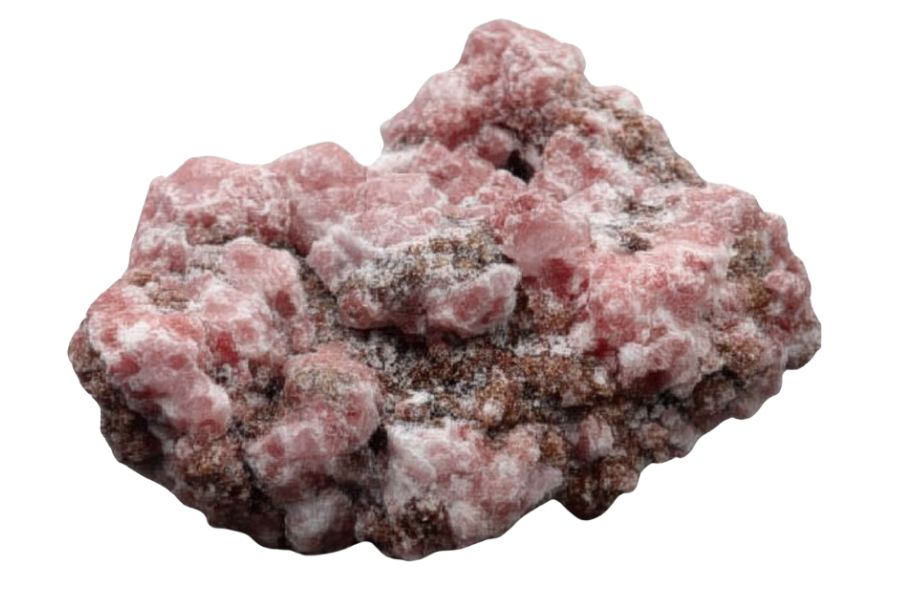Hunting for garnets in Maine can be tough when you don’t know where to go. You drive around, check random spots, and end up with nothing to show for your time. It’s frustrating to come home empty-handed after spending your weekend searching.
I’ve been there too. My first few trips were complete busts until I learned which areas actually produce these red gems. You know that Maine has plenty of spots where garnets hide in plain sight, if you know what to look for.
Here, I’ll share real spots where you can actually find garnets today. These aren’t secret locations, but they’re places that still yield results for regular folks without fancy equipment. Let’s give you a clear plan for your next garnet hunting trip.
How Garnet Forms Here
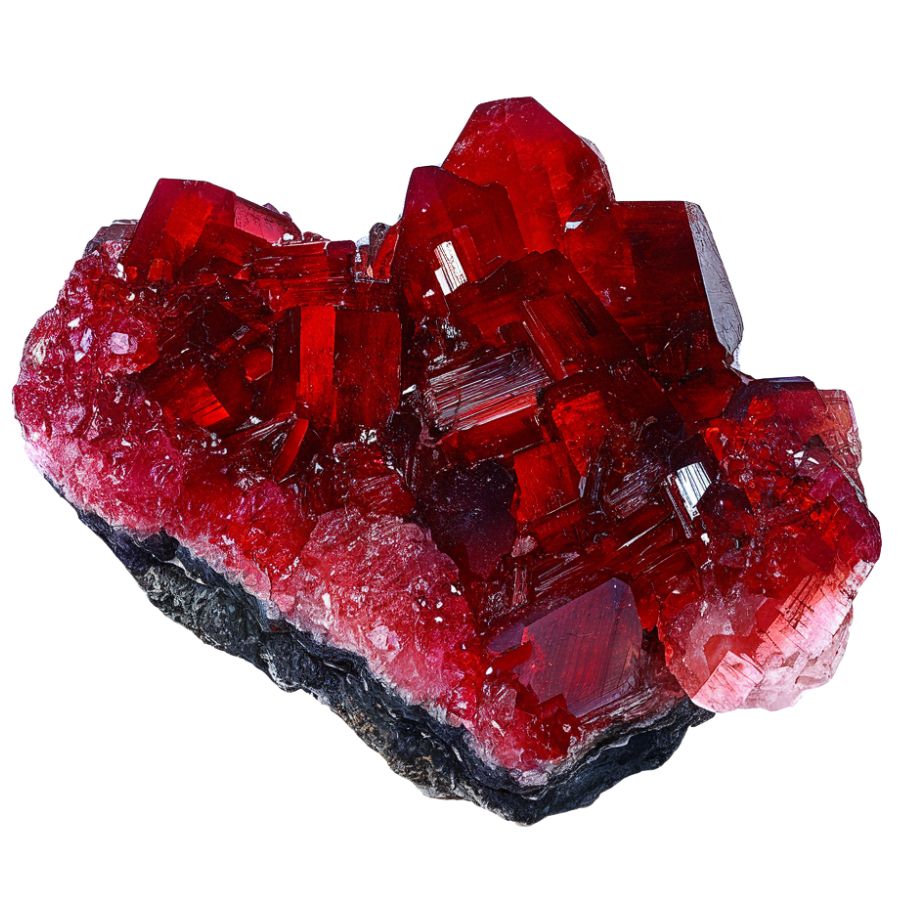
Garnet forms deep underground when rocks get squeezed and heated during metamorphism. Think of it like baking cookies – but instead of dough, you’ve got minerals like aluminum, iron, and silica getting cooked under intense pressure.
When these minerals reach temperatures around 400-700°C, they start rearranging their atoms into garnet’s distinctive crystal structure.
What’s cool is that garnets often grow by pushing other minerals out of the way! That’s why they form those perfect geometric shapes.
Most garnets need high pressure too, which is why they’re usually found in rocks that were once buried miles beneath the surface. The slower they grow, the bigger and clearer they become – some taking millions of years to reach their full size.
Types of Garnets
Garnets are captivating gemstones that showcase an impressive range of colors and varieties, each determined by their unique chemical composition. Understanding these differences helps in identifying the stone’s value.
Almandine Garnet
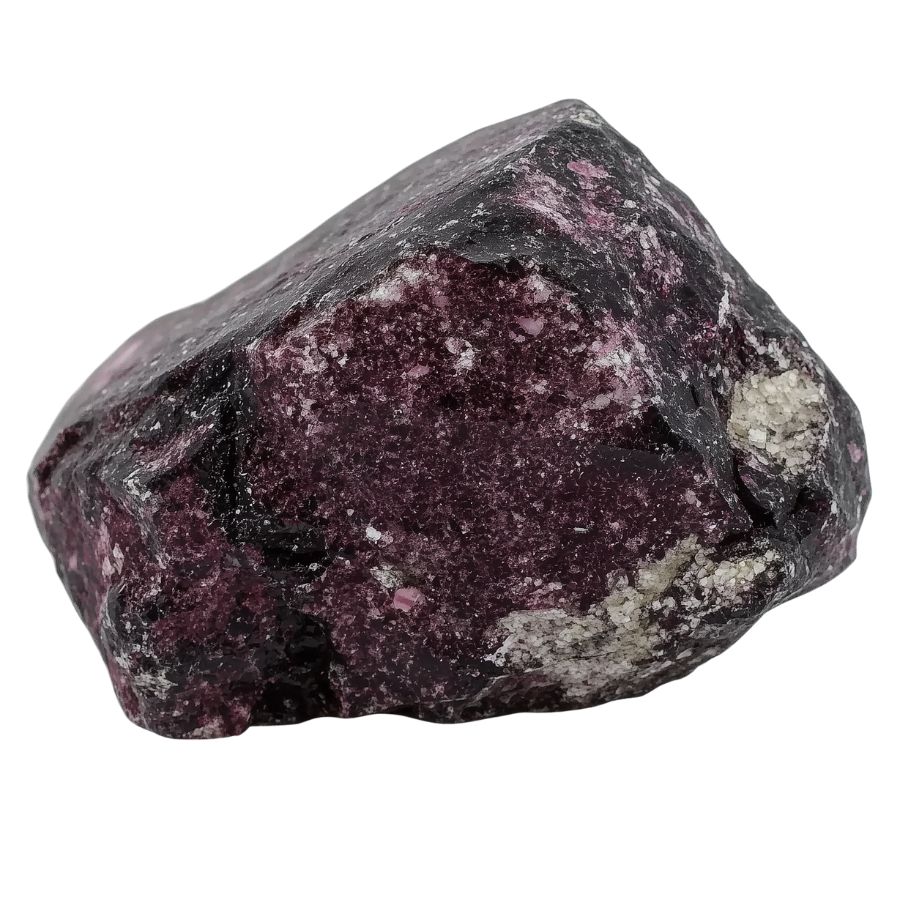
Almandine garnet stands out with its rich, deep red to reddish-brown color. The stone sometimes shows hints of orange or brown, making each piece unique. Its color intensity remains consistent throughout the stone, creating a beautiful depth that catches the eye.
The crystal structure of almandine follows a perfect cubic pattern, forming well-defined shapes with smooth faces. This symmetry contributes to its striking appearance and helps light bounce through the stone evenly.
What makes almandine special is its high iron content, which gives it a higher specific gravity than other garnets. This means it feels slightly heavier in your hand compared to similar-sized stones. Its refractive index of 1.74 to 1.83 creates excellent brilliance and fire.
Most almandine garnets are remarkably clear, though some may contain natural inclusions that create interesting patterns. These patterns can add character to the stone without affecting its overall beauty or durability.
Pyrope Garnet
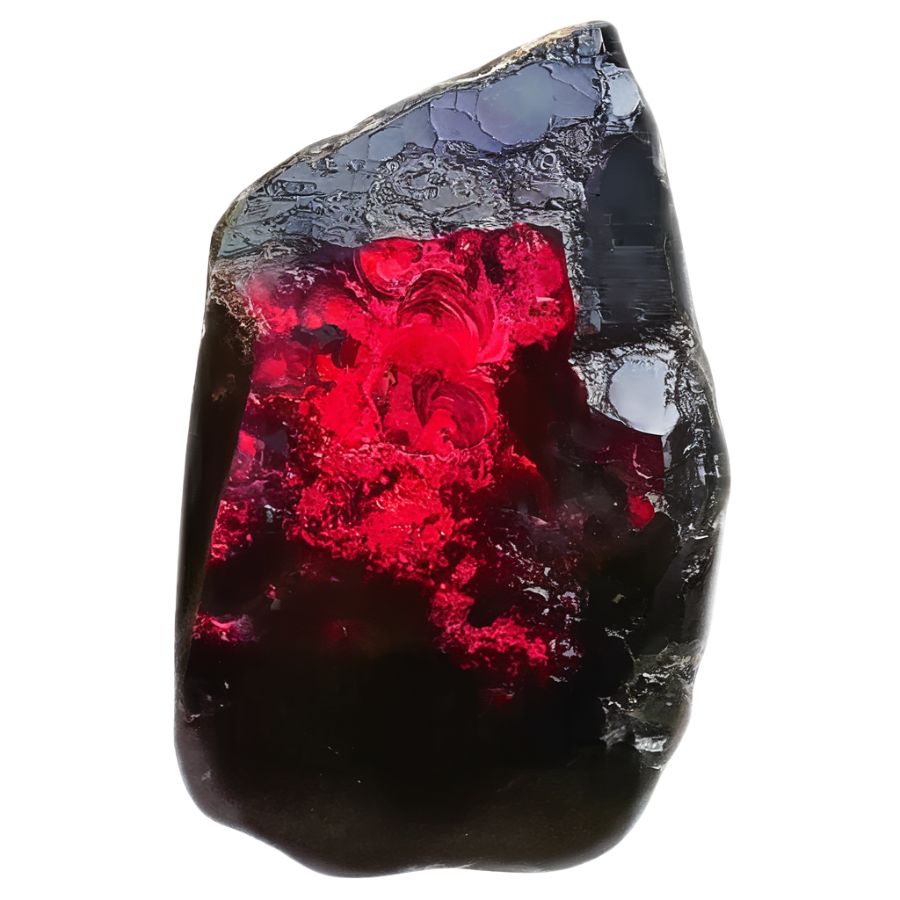
Pyrope garnet captivates with its intense red-to-purplish-red color. The color is so pure and vibrant that some specimens have earned the nickname “Cape Ruby.”
This stone has excellent clarity, rarely showing visible inclusions. When present, some inclusions can create a fascinating star effect called asterism, where a six-pointed star seems to float on the surface.
The stone appears especially vivid when cut into clean, geometric shapes that maximize light return.
Some pyropes show a subtle color shift, appearing slightly different under natural and artificial light. This subtle change adds to their charm and makes each stone unique.
Their exceptional clarity and lack of internal flaws make them particularly appealing to collectors.
Spessartine Garnet
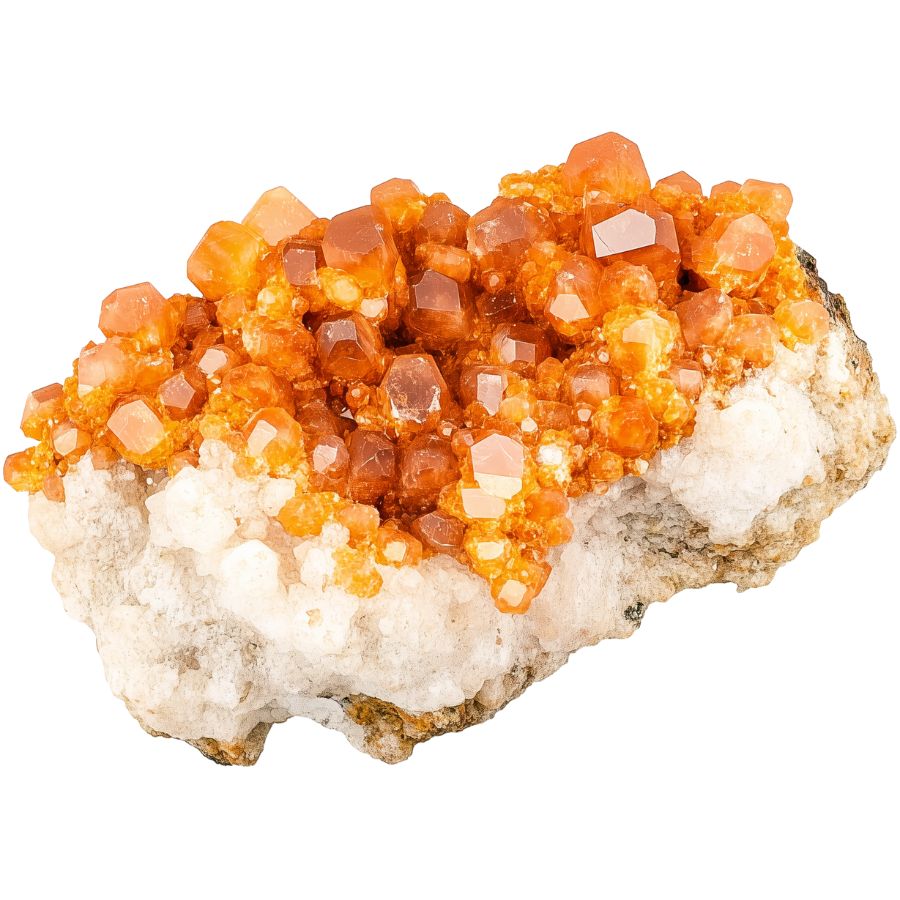
Spessartine garnet showcases a stunning range of orange colors, from bright mandarin to deep reddish-orange. The most valued pieces display a pure, vivid orange. This distinctive coloring comes from manganese in its chemical makeup.
When cut properly, spessartine exhibits bright flashes of light and exceptional sparkle. Some stones show a subtle “sugar-like” texture that creates a soft, internal glow.
Pure spessartine is rare in nature, making high-quality specimens particularly valuable. Most stones contain trace elements that create subtle color variations.
The stone’s transparency ranges from completely clear to slightly cloudy. Clear specimens are highly prized, but some collectors prefer stones with slight cloudiness that creates an interesting depth effect.
Andradite Garnet
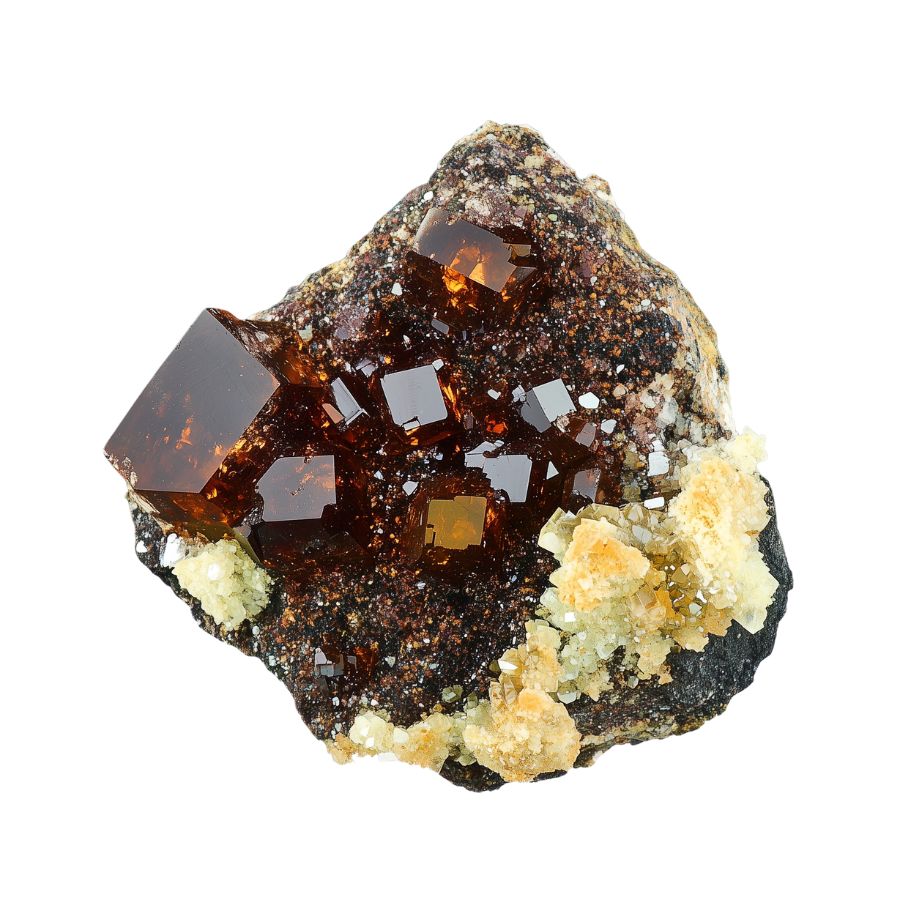
Andradite garnet displays the widest color range of all garnets. Colors span from bright green to yellow, brown, and black. The green variety, known as demantoid, is particularly treasured for its brilliant, emerald-like color and exceptional sparkle.
This stone has the highest dispersion rate of all garnets, even higher than diamond. This means it breaks light into rainbow colors more effectively, creating fascinating fire and brilliance.
Some andradite garnets contain unique internal features called “horsetail” inclusions. These fine, needle-like patterns are actually desired by collectors and add to the stone’s value.
The stone’s surface has a bright, glass-like luster that enhances its natural beauty. Some specimens exhibit unique optical features such as asterism (star-like patterns) and chatoyancy (cat’s eye effect), which further enhance their visual appeal.
Grossular Garnet

Grossular garnet comes in an amazing range of colors – from green and yellow to pink, orange, and even colorless. The most striking feature is the presence of internal swirls and streaks that create unique patterns within each stone.
The stone’s surface has exceptional brilliance that rivals expensive gems like emeralds. Light bounces through it beautifully, creating bright flashes and sparkles.
A special variety called Mint Garnet glows under ultraviolet light, creating an otherworldly effect. This unusual property makes it particularly interesting to collectors. The stone’s clarity is typically excellent, with few visible impurities.
The presence of trace elements like chromium and vanadium creates its varied colors. These elements mix in different amounts, resulting in subtle color variations that make each stone unique.
Some pieces show color zoning, where different shades blend together in distinct patterns.
Uvarovite Garnet
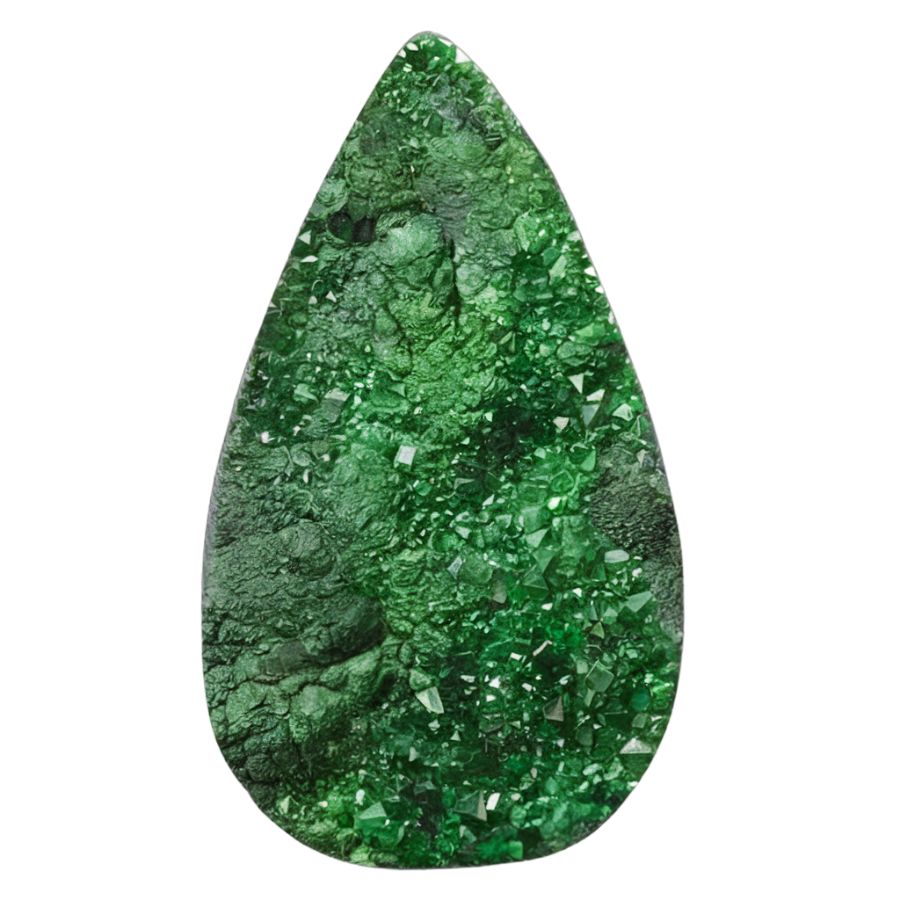
Uvarovite garnet displays a striking emerald-green color that remains consistent in all specimens. Unlike other garnets, where green hues may arise from chromium impurities, uvarovite’s green is inherent to its composition.
Instead of forming large crystals, uvarovite typically grows in clusters of tiny crystals. These clusters, called druzy, create sparkling surfaces that look like green sugar coating the rock beneath.
Under ultraviolet light, it shows an unexpected red glow, adding another layer of interest for collectors. This fluorescence is a unique feature not commonly found in other garnets.
These stones rarely grow large enough for traditional gem cutting. However, their natural crystal formations are so beautiful that they’re often left in their original state. The tiny crystals catch light from multiple angles, creating a dazzling display.
Rhodolite Garnet
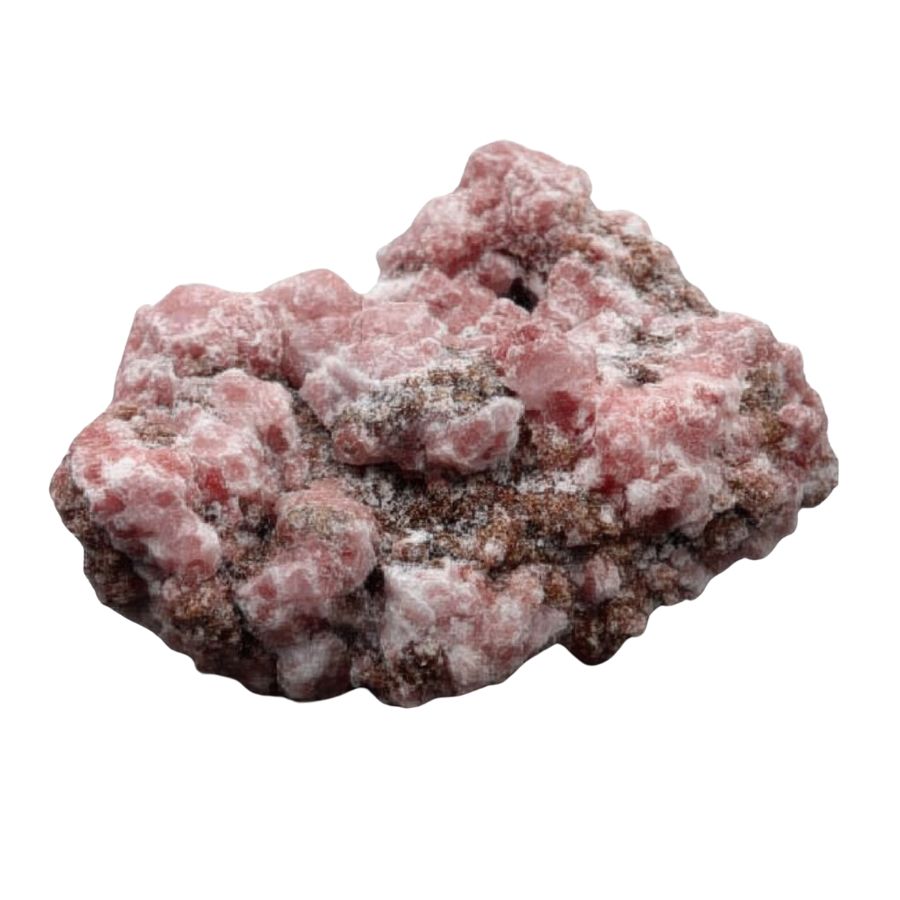
Rhodolite garnet stands out with its beautiful purple-red to raspberry-pink colors. The colors can shift between purple and red depending on the lighting, creating an interesting play of hues. This color range makes it distinctly different from the deeper reds of other garnets.
The stone’s clarity is typically excellent, with very few internal features visible to the naked eye. The surface has a glass-like shine that enhances its natural beauty.
What makes rhodolite special is its mixed composition of two different garnet types. This mixture creates its unique color range and optical properties. The stone often shows stronger color saturation in its center, fading slightly toward the edges.
Rhodolite garnet is particularly valued for its vibrant colors that can mimic more expensive gemstones like rubies and amethysts, making it a popular choice among collectors and jewelers alike.
Hessonite Garnet
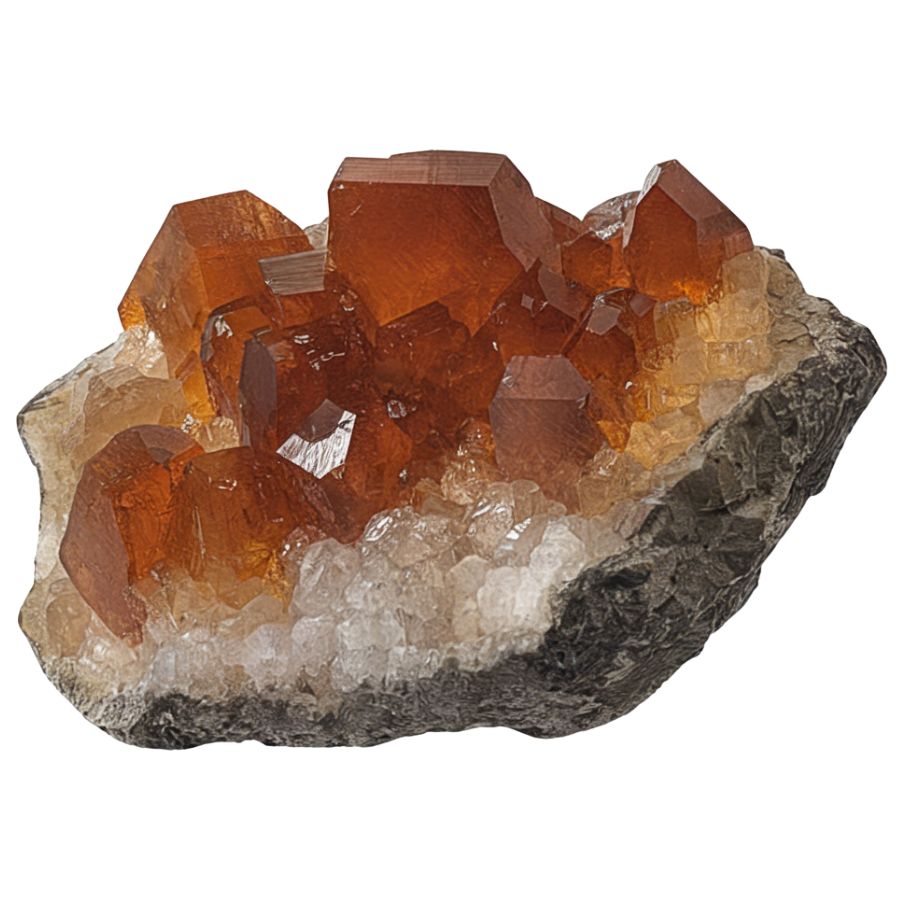
Hessonite garnet showcases warm honey-to-cinnamon colors, ranging from golden yellow to deep reddish-brown. Some pieces display hints of purple, creating complex and appealing color combinations.
Inside the stone, you might find interesting patterns created by tiny needle-like crystals. Unlike many gems where inclusions reduce the value, these internal features are appreciated in Hessonite. They create unique patterns that make each stone one-of-a-kind.
The stone’s transparency varies from crystal clear to slightly cloudy. This variation can create interesting effects, especially when light passes through the stone. Some pieces show a subtle glow that seems to come from within.
High-quality hessonite stones are relatively uncommon, especially in larger sizes. Their warm colors and unique internal features make them particularly interesting to collectors.
Tsavorite Garnet
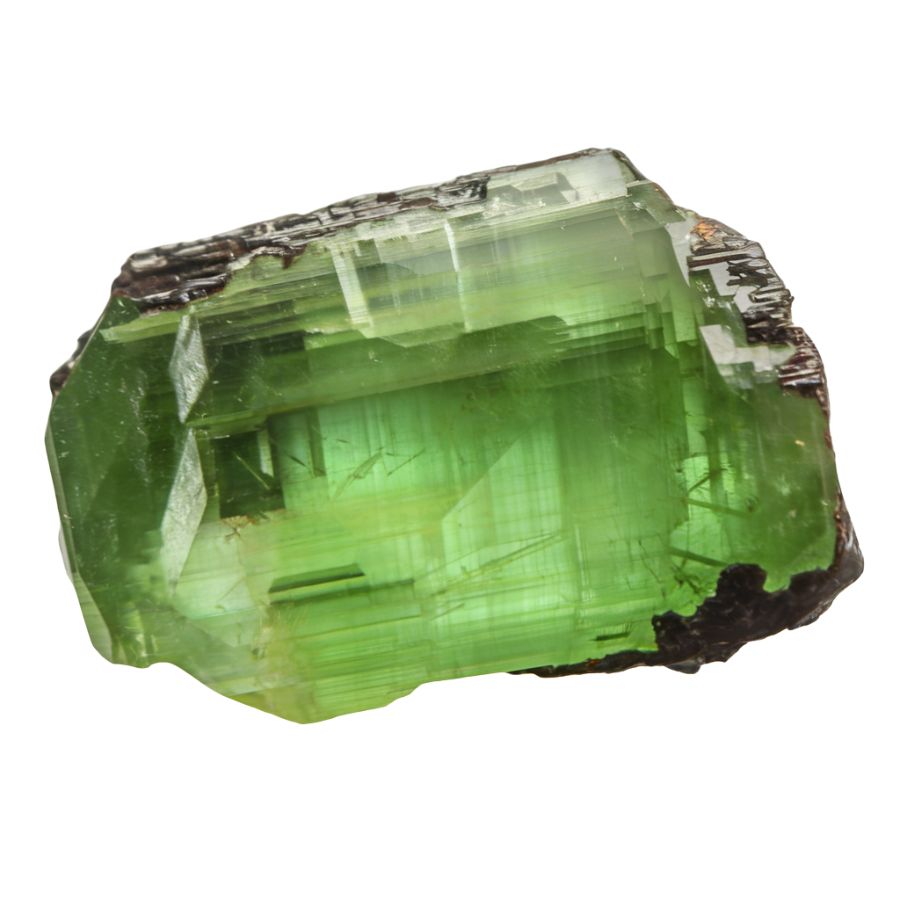
Tsavorite garnet displays a brilliant green color that ranges from bright lime to deep forest green. This stunning color comes from tiny amounts of chromium and vanadium in the stone.
The green is so pure and vibrant that it often matches or surpasses the color of fine emeralds. The surface has a glass-like shine that makes the stone look alive with movement.
Each tsavorite has its own personality in terms of color depth and brightness. Some stones show subtle color changes under different lighting, while others maintain a consistent deep green.
Star Garnet
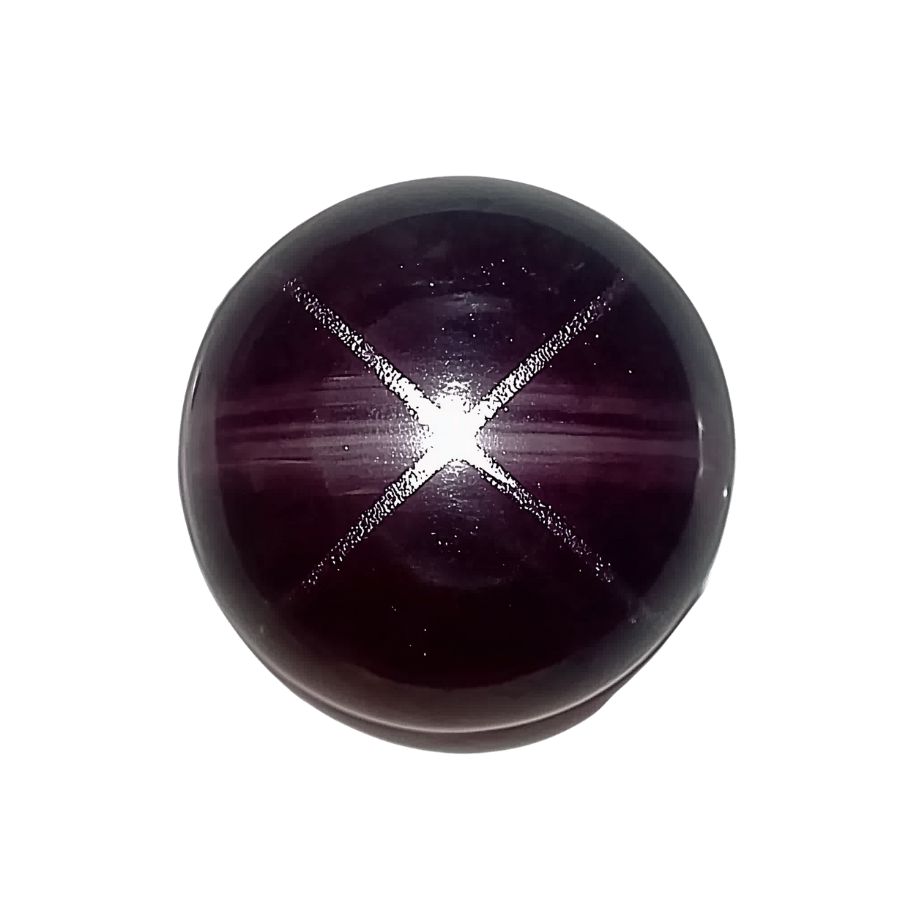
Star garnet shows a fascinating light pattern that looks like a star floating on its surface. This effect, called asterism, comes from tiny needle-like crystals inside the stone. The star usually has four or six rays that move as you turn the stone under light.
The stone’s color is typically deep red to purple-red, often with brown undertones. When polished into a smooth, rounded shape, the star effect becomes more prominent.
The best specimens show sharp, well-defined star rays against a rich, even background color. These stones are quite special because not all garnets can form stars.
The right conditions during formation must exist for the star effect to develop. The tiny crystals inside must align perfectly to create the star pattern. The star effect is natural and permanent – it won’t fade or change over time.
What Rough Garnets Look Like?
Garnets display unique identifying traits when found in their raw, natural state. Look for these distinguishing features:
Look for Distinctive Angular Shapes
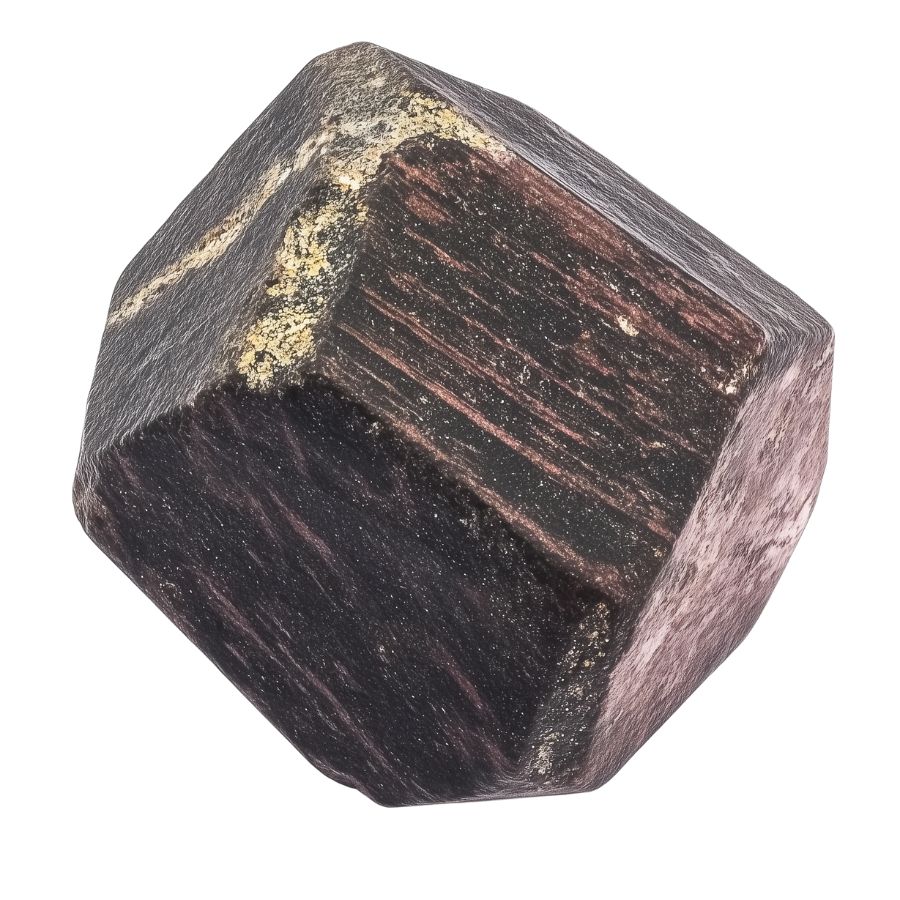
Raw garnet typically forms in dodecahedral or trapezoidal crystal shapes. Think of it like tiny, naturally-formed geometric shapes.
Unlike smooth river rocks, rough garnets have sharp edges and flat faces. Even when broken, they tend to maintain these angular patterns. You’ll often spot them as chunky, block-like crystals that look like they’ve been roughly carved.
Check the Color Range and Transparency
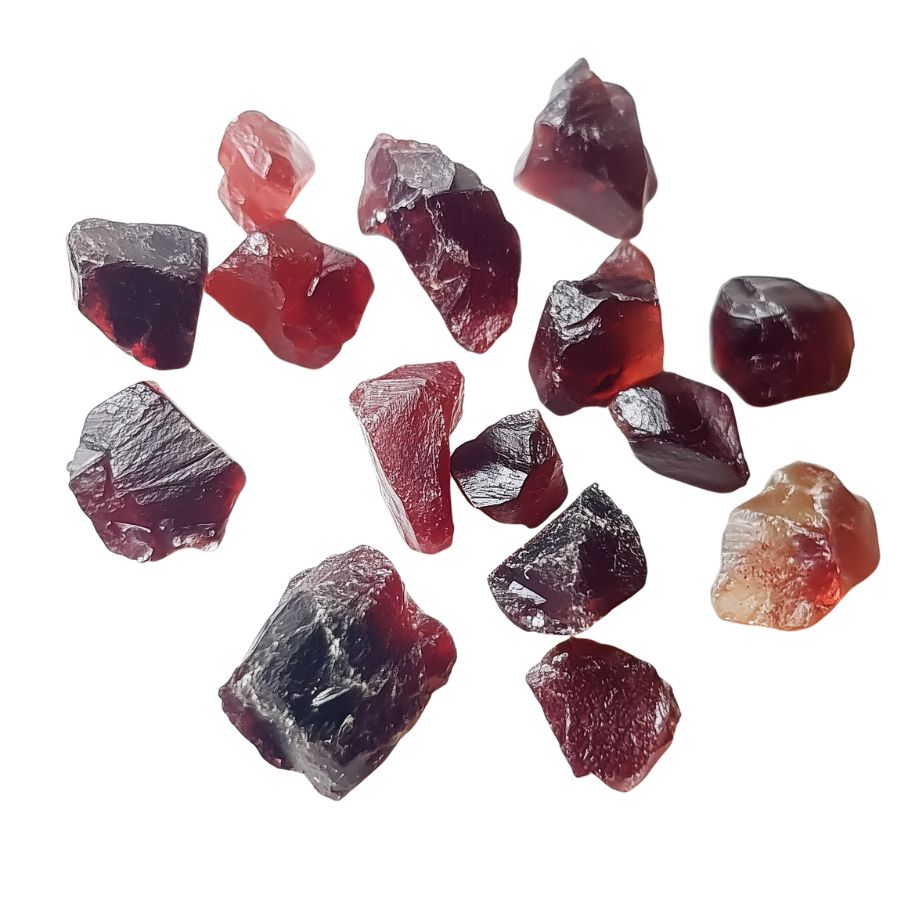
Garnets aren’t just red! Look for deep wine colors, but also keep an eye out for orange-brown, green, or even black varieties.
Hold it up to light – rough garnets often show some translucency at the edges, even if the center seems opaque.
Examine the Surface Texture
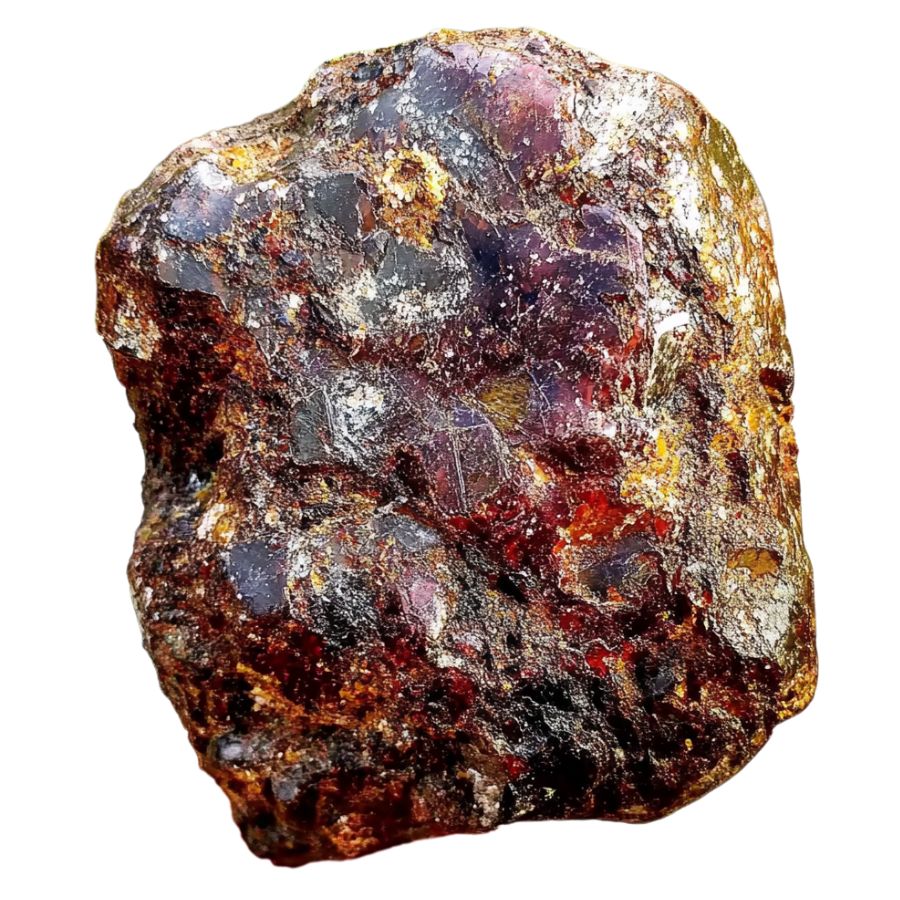
Raw garnets have this unique, almost greasy-looking surface luster. Not shiny like glass, but more like wet plastic.
Run your finger over it – you should feel a smooth yet slightly waxy texture. If it’s been weathered, the surface might be slightly pitted or rough, but you’ll still see that characteristic luster in protected areas.
Test the Hardness and Toughness
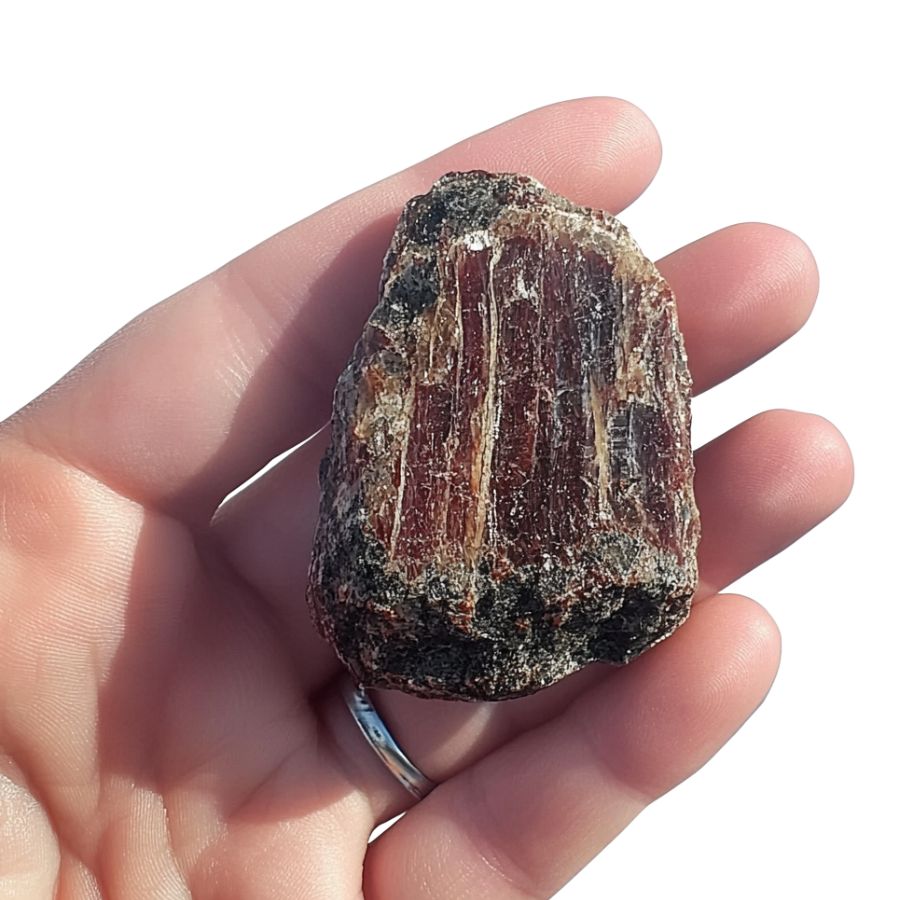
Here’s a quick field test: garnets can easily scratch a penny but won’t scratch quartz. They’re surprisingly heavy for their size – noticeably heavier than a similar-sized piece of quartz or feldspar. Don’t be fooled by lighter stones that look similar!
A Quick Request About Collecting
Always Confirm Access and Collection Rules!
Before heading out to any of the locations on our list you need to confirm access requirements and collection rules for both public and private locations directly with the location. We haven’t personally verified every location and the access requirements and collection rules often change without notice.
Many of the locations we mention will not allow collecting but are still great places for those who love to find beautiful rocks and minerals in the wild without keeping them. We also can’t guarantee you will find anything in these locations since they are constantly changing.
Always get updated information directly from the source ahead of time to ensure responsible rockhounding. If you want even more current options it’s always a good idea to contact local rock and mineral clubs and groups
Tips on Where to Look
To increase your chances of finding garnets, focus your search on these favorable areas:
Metamorphic Rock Outcrops

Look for dark-colored metamorphic rocks, especially schist and gneiss. These rocks often have visible layers or bands.
Garnets appear as dark red or brownish-red crystals embedded in the rock. Common near hiking trails and road cuts where metamorphic rocks are exposed.
Stream Beds & Gravel Banks
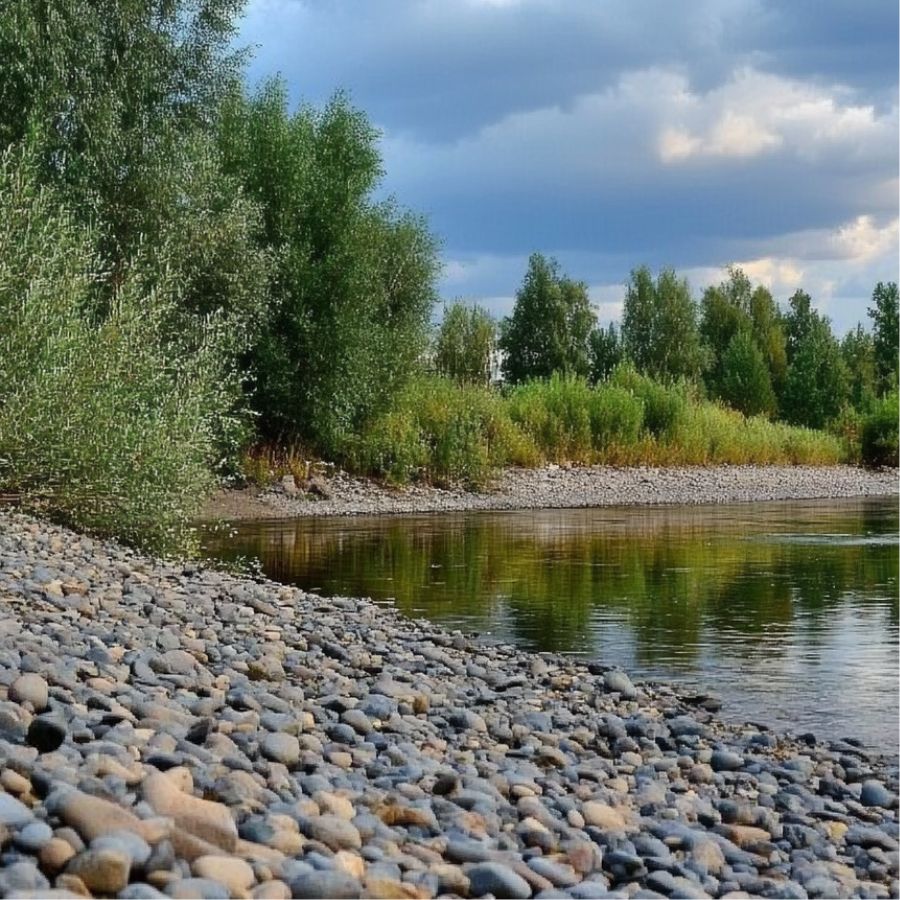
Check gravel deposits in streams, especially after heavy rains. Garnets are heavier than most minerals, so they concentrate in stream bends where water slows down.
Use a pan or sieve to sort through the gravel, keeping an eye out for the distinctive reddish crystals that glimmer when wet.
Pegmatite Areas
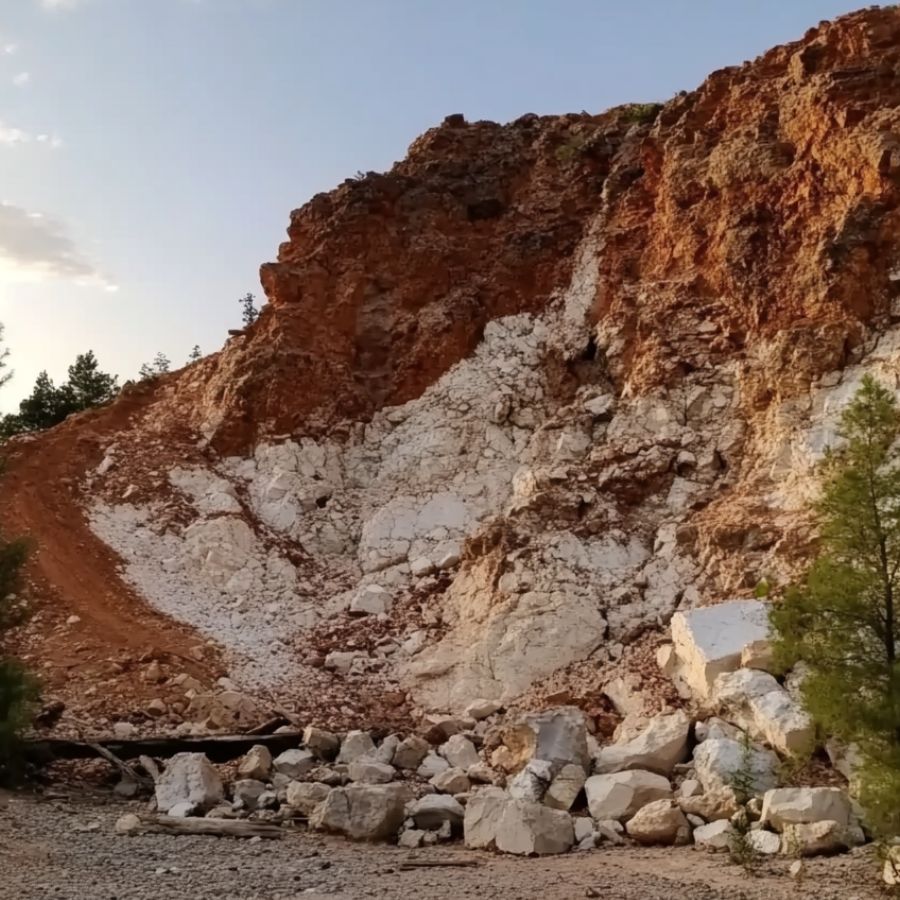
Search around pegmatite formations, which are coarse-grained igneous rocks that sometimes form large crystal pockets where beautiful garnet specimens can be found nestled among other minerals like mica and feldspar.
These areas often have scattered surface rocks and exposed cliff faces that weather over time, releasing garnet crystals.
Old Mining Areas
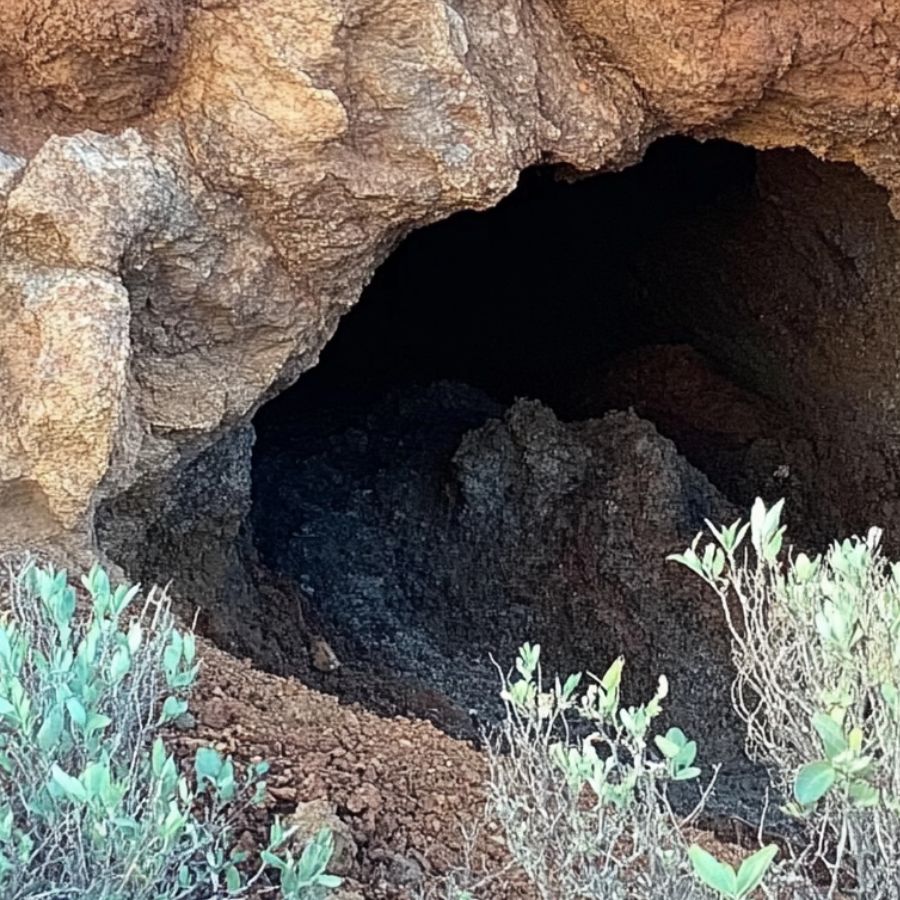
Explore permitted public mining dumps and tailings piles near historical mica or feldspar mines, where garnet was often discarded as a byproduct during past mining operations and can still be found in abundance among the leftover material.
Some Great Places To Start
Here are some of the better places in the state to start looking for garnet:
Always Confirm Access and Collection Rules!
Before heading out to any of the locations on our list you need to confirm access requirements and collection rules for both public and private locations directly with the location. We haven’t personally verified every location and the access requirements and collection rules often change without notice.
Many of the locations we mention will not allow collecting but are still great places for those who love to find beautiful rocks and minerals in the wild without keeping them. We also can’t guarantee you will find anything in these locations since they are constantly changing.
Always get updated information directly from the source ahead of time to ensure responsible rockhounding. If you want even more current options it’s always a good idea to contact local rock and mineral clubs and groups
Stoneham
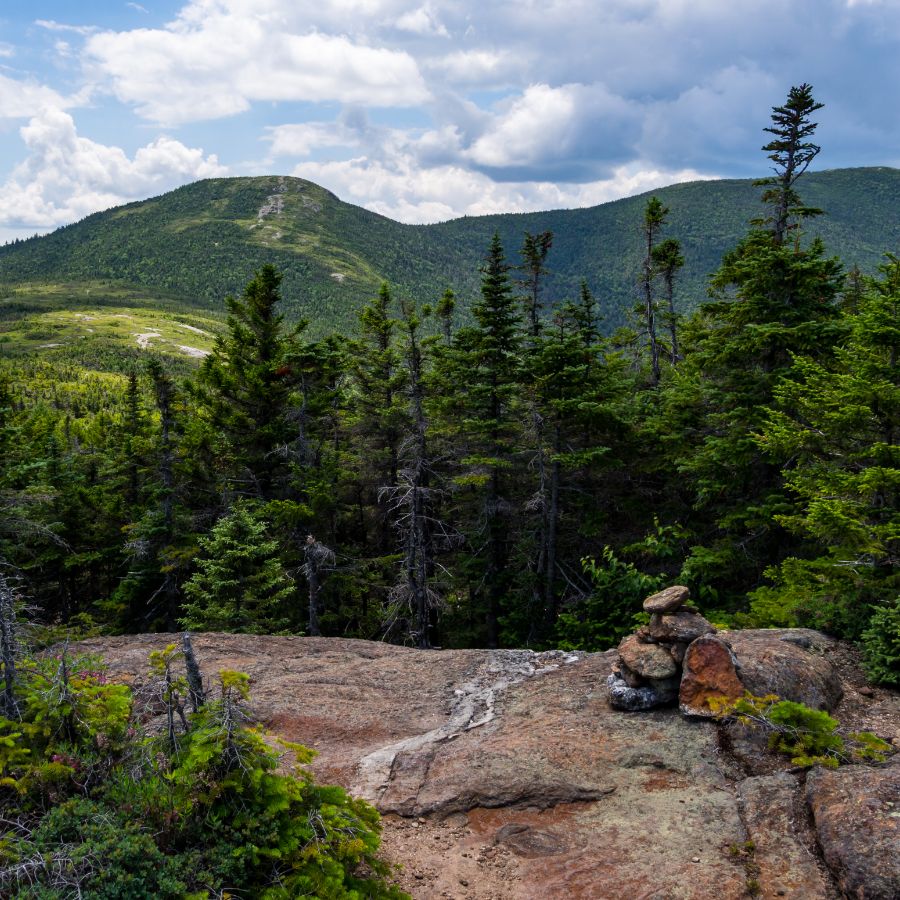
Stoneham is a small village in the western part of the state next to White Mountain National Forest. The town is known for its lakes, forests, and hills that make it a peaceful spot for nature lovers. Stoneham has many hiking trails for exploring its natural beauty, including trails that lead to garnet-rich areas.
The area is famous for its pegmatite formations, special rocks with large crystals. Garnet crystals, usually the almandine variety with deep red color, can be found embedded in these pegmatites.
The Lord Hill Pegmatite site sits at 1,240 feet elevation and is a top spot for finding garnets. Many collectors have found good specimens here.
Deer Hill Mineral Collecting Area is another popular location where you can dig through glacial soil to find garnet crystals. The less-visited Melrose Mine has also produced notable garnet specimens in the past.
Minot
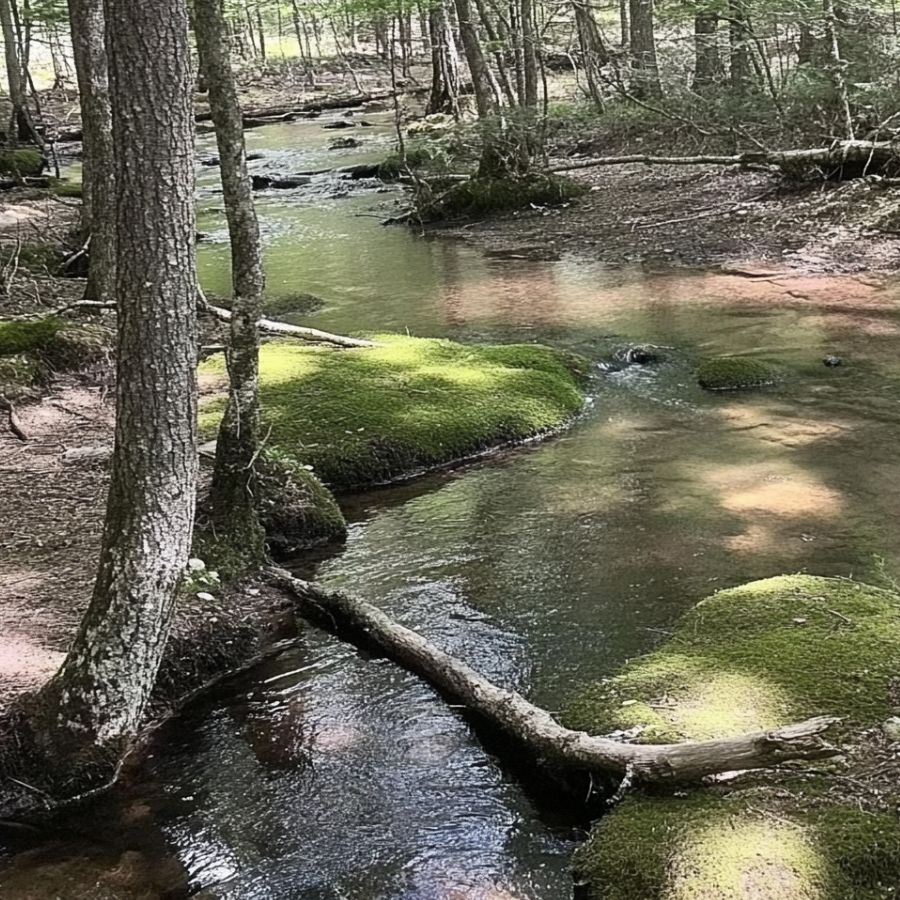
Minot is a town in Androscoggin County established in 1802. The landscape features rolling hills and forests, with a rich underground story waiting to be discovered. This unassuming town holds special appeal for rockhounds seeking garnets. The town’s geology includes unique calc-silicate rock formations in the Sangerville Formation.
Pitts-Tenney Quarry stands out as the premier location for garnet hunting in Minot. The quarry produces distinctive grossular garnets with a cinnamon-brown color not commonly found elsewhere in Maine. These garnets form in the calc-silicate layers and are often found alongside quartz and diopside minerals.
Collectors prize Minot’s garnets for their exceptional size, clarity, and color. The unique geological conditions at Pitts-Tenney Quarry produced some of Maine’s most impressive garnet specimens. The quarry offers a chance to find these beautiful crystals while exploring a piece of Maine’s geological history.
Swift River
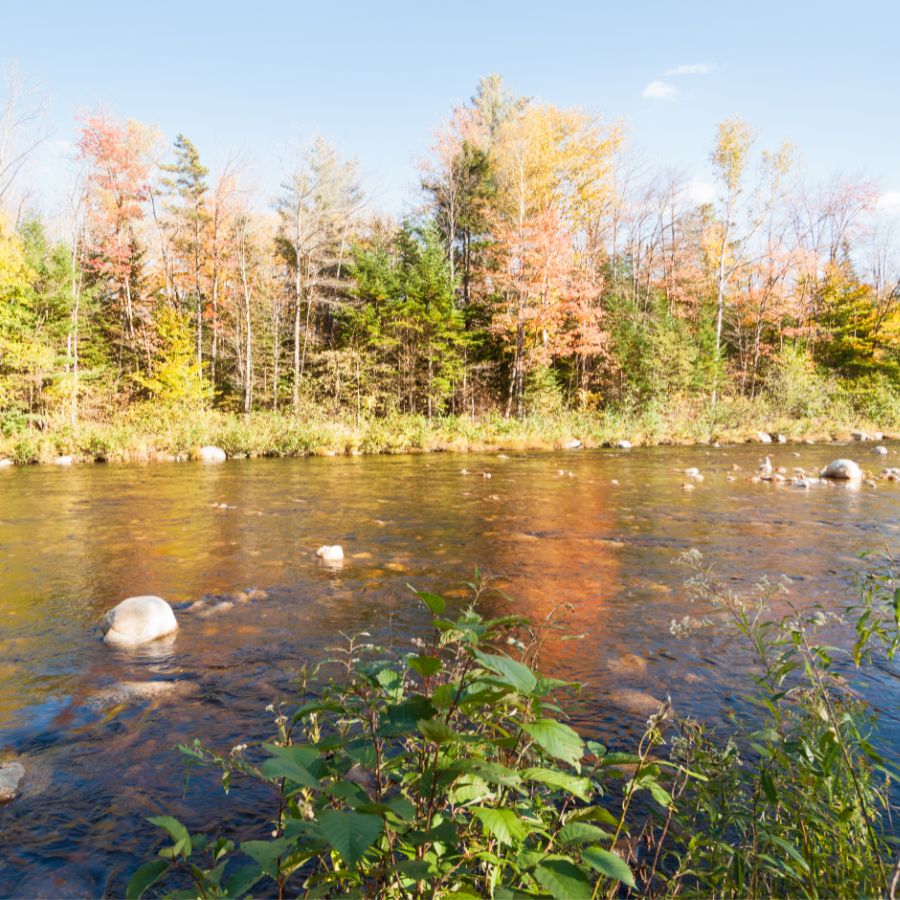
Swift River flows for 27 miles through western Maine, cutting through the towns of Byron and Roxbury before joining the Androscoggin River. The river creates a beautiful landscape with rushing waters, small waterfalls, and rocky shores. Many people visit the river not just for its beauty but to search for minerals and even gold.
Coos Canyon in Byron is the most popular spot to hunt for garnets along Swift River. This easily accessible location has deep pools and exposed rock faces where garnet-bearing schist can be found. The river’s natural action helps wash away softer materials, sometimes exposing garnets right on the surface.
The East Branch of Swift River also offers good opportunities for finding garnets. The river’s flow concentrates heavier minerals like garnets in certain areas of the riverbed. After heavy rains, new material gets exposed, making it an ever-changing treasure hunt for rockhounds.
French Mountain
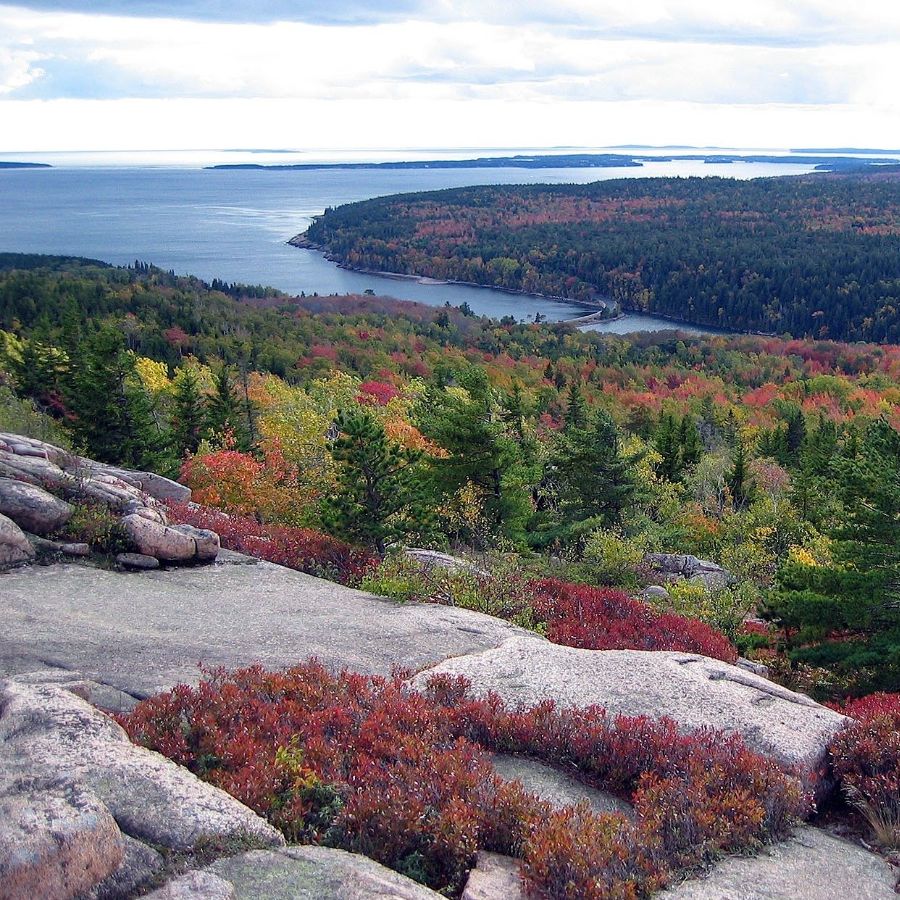
French Mountain stands 716 feet tall in Rome, within the Kennebec Highlands region. The mountain features a short 0.8-mile loop trail that takes hikers through forests to a summit with beautiful views of Long Pond and the Belgrade Lakes. Both beginners and experienced hikers enjoy this accessible mountain.
The mountain contains special rock formations called pegmatites that formed when mineral-rich magma cooled slowly deep underground. These rocks eventually made their way to the surface through millions of years of geological processes. French Mountain’s pegmatites contain several minerals, including garnet.
Almandine garnets, with their deep red color, can be found embedded in the pegmatite rocks throughout the mountain. Most garnets here formed under high heat and pressure conditions long ago. The best places to look include the exposed rock outcrops near the summit, where weathering has revealed fresh surfaces.
The eastern slope of the mountain offers another good hunting ground for garnets. Large boulders along the trail sometimes contain visible garnet crystals.
Brooksville
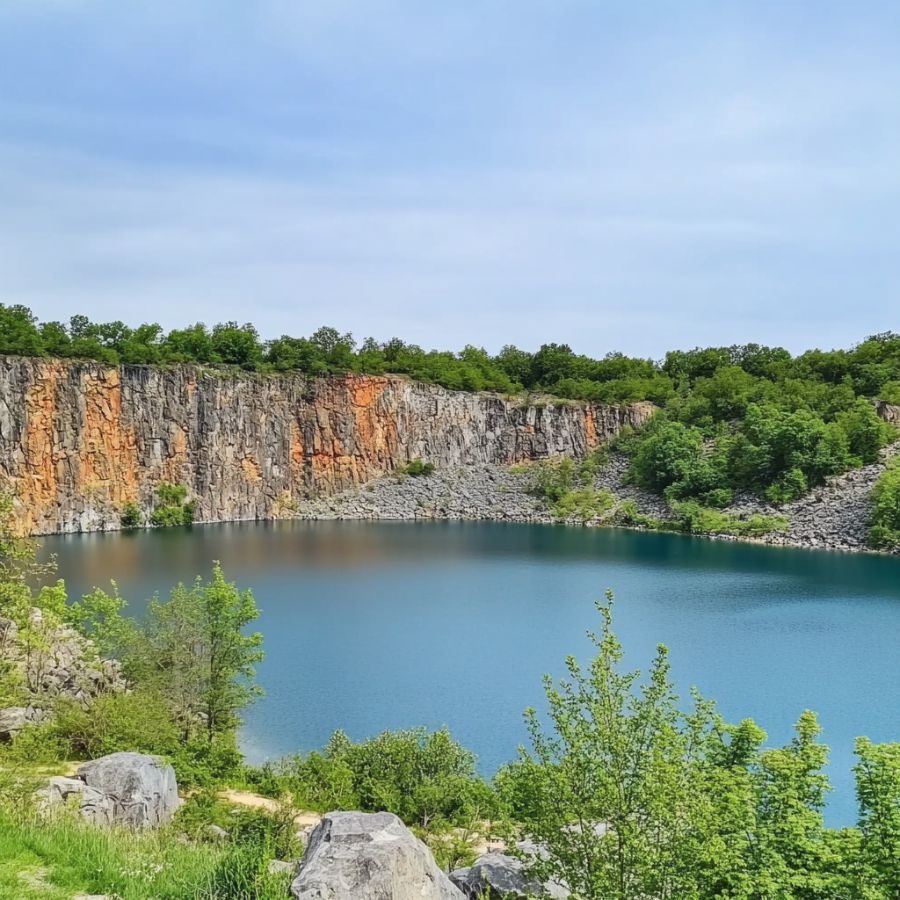
Brooksville sits on the scenic Blue Hill Peninsula, surrounded by the waters of Penobscot Bay. This coastal town, founded in 1817, combines maritime charm with hidden geological treasures. Lookout Rock offers visitors a 244-foot high vantage point to view the stunning bay and islands.
The former Callahan Mine area near Harborside Village represents one of Brooksville’s best garnet hunting locations. Though the mine operated primarily for copper, zinc, and lead, the surrounding rocks contain garnets as well. Serious collectors sometimes find good specimens in the mine’s vicinity.
Tapley Mine provides another spot where garnets have been discovered in Brooksville. The mine’s deposits formed through different geological processes than those at Callahan.
Garnets from this area tend to be smaller but sometimes show excellent crystal form. Brooksville’s combination of coastal beauty and mineral potential makes it worth exploring for rockhounds and tourists alike.
Places Garnet has been found by County
After discussing our top picks, we wanted to discuss the other places on our list. Below is a list of the additional locations along with a breakdown of each place by county.
| County | Location |
| Androscoggin | Mount Apatite Park |
| Oxford | Bumpus Quarry |
| Oxford | Tamminen Quarry |
| Oxford | Waisanen Quarry |
| Oxford | Mount Mica Quarry |
| Oxford | Mount Marie Quarry |
| Androscoggin | Havey Quarry |
| Oxford | Pingree Ledge Quarry |
| Oxford | Ryerson Hill Quarry |
| Oxford | Crocker Hill Mines |
| Oxford | Singepole Mountain Quarry |
| Cumberland | Casco Quarry |
| Oxford | Greenwood Area Mines |
| York | Acton Mines |
| Sagadahoc | Topsham Quarries |
| Sagadahoc | Porcupine Hill Quarry |
| Sagadahoc | Alice Staples Quarry |
| Hancock | Trenton Quarry |
| Sagadahoc | Square Pit Quarry |
| Washington | Lubec Lead Mine |
| Hancock | Catherine Mountain |
| Washington | Jasper Beach |
| Washington | Loring Cove |
| Lincoln | Edgecomb Quarry |
| Oxford | Bemis Stream Prospect |

